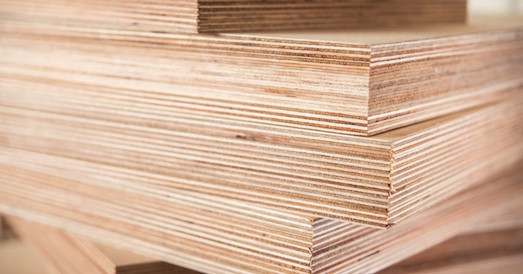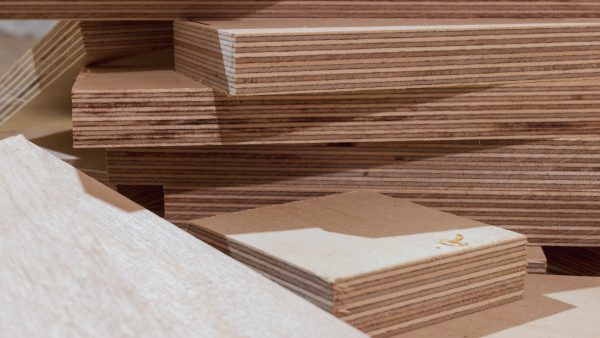Plywood, or ply, is one of the most versatile building materials out there, and a product you probably find yourself using almost daily. Of course, that doesn’t necessarily mean it’s perfect.
Ever found yourself battling against ply discolouration? What about stains or edge swelling? Or even delamination? These faults can occur for a number of reasons, but the most likely culprit is water.
It’s likely you’ve opted for ply on your project because it’s strong, sturdy and versatile. You want it to stand the test of time and be able to cope with the weird weather we regularly experience in the UK. Good design is one safeguard for this, edge sealing is another.
What is edge sealing?
Edge sealing is the application of treatments and products to the edges of ply and other wood-based panel products. The treatments are designed to prevent or reduce the risk of water absorption under damp or wet conditions.
Why do I need to be doing it?
When decorating or sealing ply, you often focus on the faces of the boards as these are in constant view. The edges, however, are often hidden so they don’t necessarily get the coating they need. But why is this such an issue?
Water is absorbed much faster into the edges of an unprotected board than into the faces because much of the timber exposed at the edges can be end grain. Think about the structure of ply – the multidirectional grain gives it immense strength, but these grains also provide a path for water to flow through. Depending on the species of timber, this could be absorbed several thousand times faster through the grain than it could be across the grain.
The effects of water damage on ply can also vary by species, but without good edge sealing you might see one or more of the following:
- Swelling of the board edges
- Discolouration and watermarking
- Failure of surface coatings
- Mould and stain development
- Decay
- Delamination or disintegration
Any of these issues can have a significant impact on the performance of ply, and could lead to premature product replacement.
How to I seal my ply edges properly?
There is no ‘one size fits all’ product for edge sealing. The sealant you should use will depend on a variety of factors but generally speaking, you want to be using something that offers easy application with rapid drying. In addition, it should be able to withstand all temperatures, offer a permanent stick to the wood you’re using, and be compatible with any decorative finishes like paint.
The Timber Research and Development Association, or TRADA, suggest there are four main types of sealant:
- Liquid products – brush/spray application
- Paste products – trowel application
- Solids – melted for application
- Tapes – applied directly from rolls
The type of sealant you should use will depend on the manufacturer recommendations of your finished product. So, if you’re using ply under ceramic tile, follow the recommendations of the tile manufacturer for the best results.
Top tip
Remember, edge sealing is an extra step to give your ply better protection from water and damp. Always make sure your ply is in prime condition before installation, and be sure to purchase it from reputable suppliers like Jewson for maximum reliability.
Visit your local Jewson branch for more information on edge sealing, details of the right products to use and more: www.jewson.co.uk/branch-locator/



